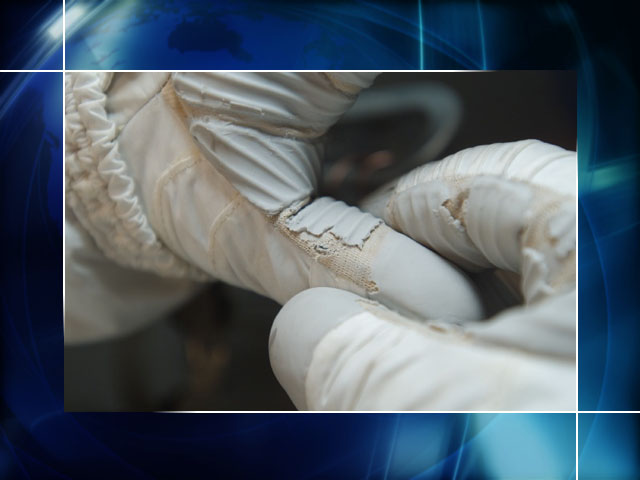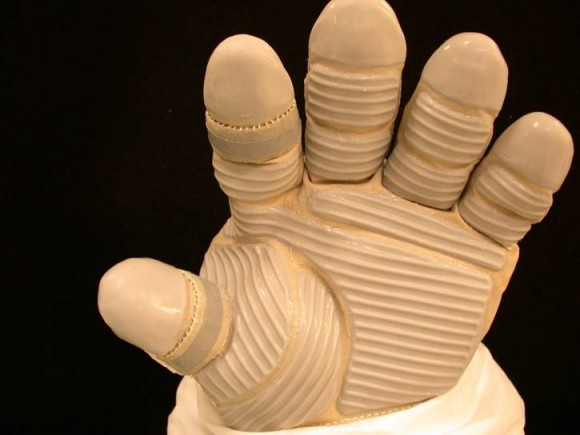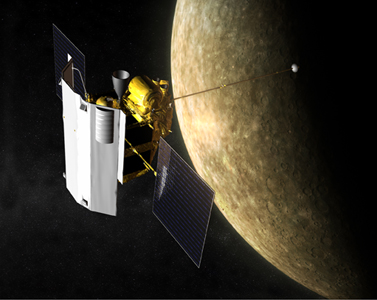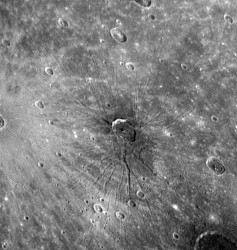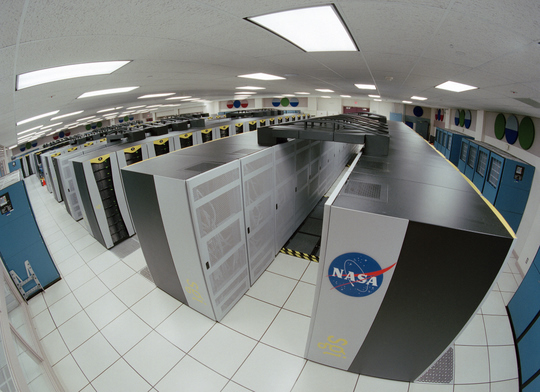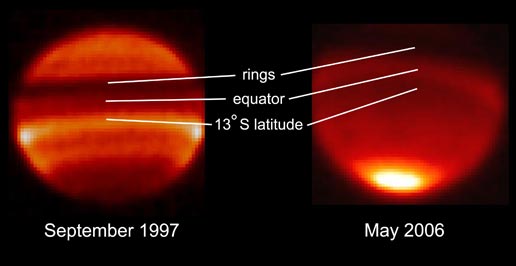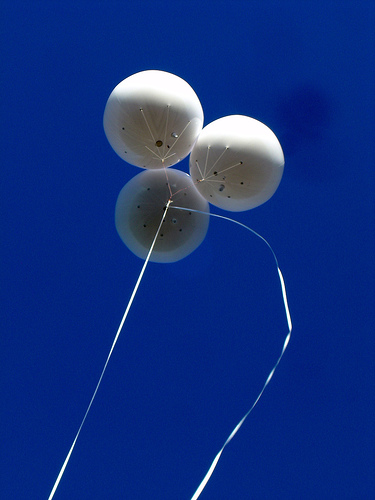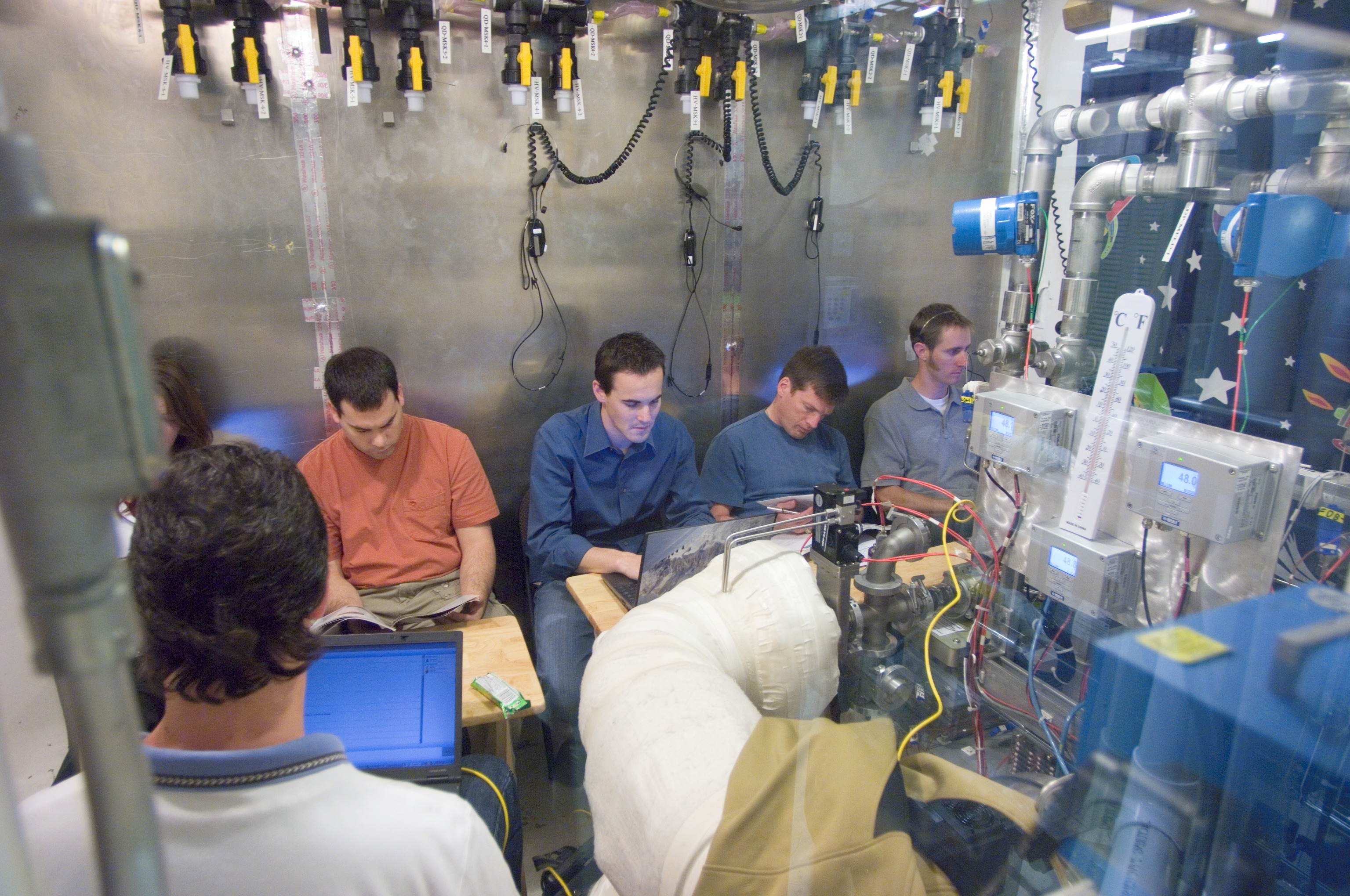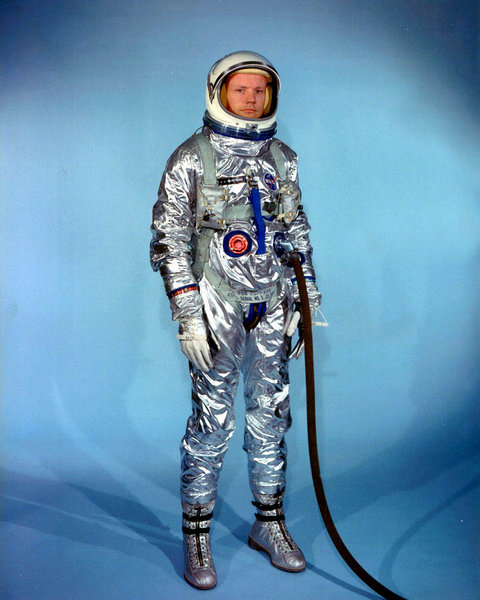In a few decades from now, when we’ve got interplanetary space travel perfected and all of us Average Joes can hop in our own personal spacecraft or grab the local express line of the Milky Way Transport Service, visiting other planets and moons is going to be a blast. Just imagine it: kicking back for a relaxing weekend on Mars, or heading out for a diving expedition on Europa, or possibly week of mountain climbing on Titan. But there are a few safety rules we’ll need to know, especially in the event of a spacesuit failure. Unfortunately, unless someone is able to figure out how to do some serious terraforming, we’ll all be stuck wearing spacesuits in order to survive on the other worlds in our solar system. And just how bad would it be if your spacesuit malfunctioned? Well, let’s just say it wouldn’t be pretty. Here’s a look at some problems you might encounter without an operational spacesuit on other worlds.
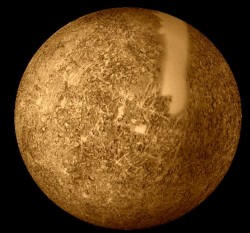
We’ll start with Mercury. Lack of air is going to be a serious problem here if your spacesuit quits working. So far, no discernable atmosphere has been detected on Mercury, except for trace amounts of helium, so maybe you could amuse your companions by doing a Munchkin voice for a short while before you passed out. A spacesuit designed for Mercury would have to withstand high temperature fluctuations, as temperatures range from -150 C to 425 C. Without your spacesuit, you’d either freeze or instantly turn into a carbon briquette, depending on which side of the planet you were standing. Moving about on Mercury would be fairly easy, since the gravity is about 1/3 that of Earth, and Mercury has smooth plains, plentiful craters and high cliffs that would be fun to explore. But if you were stuck on Mercury with a malfunctioning spacesuit, it would be a very long bad day, since one day on Mercury is equal to 59 days on Earth.

Venus. Why anyone would want to visit Venus is a mystery. It’s too hot, too cloudy and the atmospheric pressure is downright depressing. A spacesuit designed for Venus would need to be constructed of titanium or some other material that could withstand Venus’ high surface pressure, which is 90 times that of Earth’s. Without a strong spacesuit, you’d be instantly squashed. The Russians tried several times to land a robotic spacecraft on Venus, and most never made it to the surface without being crushed. The Venera 8 lander, however, lasted 50 minutes. So, if your titanium-strength spacesuit was working, and you, too could survive for at least 50 minutes, there are 1600 major volcanoes, lots of mountains, large highland terrains, and vast lava plains to explore. Before landing on Venus, you’d want to do a thorough checkout of your spacesuit’s Primary Life Support Subsystem (PLSS) which contains oxygen tanks, carbon dioxide scrubbers, cooling water, communications, and ventilating fans. You’ll need all of those things to be working at peak efficiency. Venus’ atmosphere is mostly carbon dioxide (96%), with some carbon monoxide and sulfur dioxide thrown in just to keep the riffraff out. Suffice to say, without a spacesuit, you wouldn’t last long and you might not even make it to the surface. And a bad day on Venus would be even worse than on Mercury: it’s about 230 Earth days long.
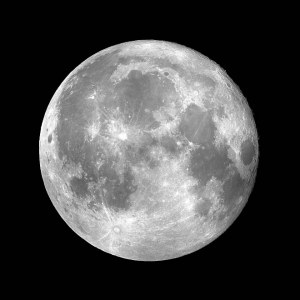
If you plan just to take a day trip and visit our Moon, you’re probably going to be in pretty good shape, as we’ve had the chance to thoroughly test out spacesuits designed for the lunar surface. Again, you’re going to need your PLSS, since there’s no air on the moon. Just the opposite of Venus, there’s no air pressure on old Luna, so you’ll need your spacesuit to keep your innards inside your body. Surface temperatures can vary dramatically over the course of a day, from 100° C at noon to -173° C at night, so a malfunctioning spacesuit might cause a predicament. But hopefully there’ll be a moon base just around the corner if you run into any problems.
Let’s head back to the safety of Earth now before we head on out to the rest of our solar system.
Sources: (9) 8 Planets, Windows to the Universe


